Swedish product and interior designer Jonatan Nilsson’s oeuvre can be best described as complex. The objects built by him are distinct in appearance, while also differing in the processes employed to create them. While a fleeting glance at Nilsson’s body of work may urge one to classify them as experiments in material and form, done for the sake of artistic expression, an earnest inspection of his designs reveal a more layered and chasmic reasoning. The Stockholm-based product designer experiments with manufacturing processes to create expressive objects that stand in dissonance against forms, materials and aesthetics that are typically standardised in product design. At other times, Nilsson attempts to evince the influence of prominent stylistic movements in history, through references to elements and decorations that define the particular design, art or style.
Nilsson, after graduating from Beckmans College of Design in 2017, designed an array of objects, some of which are meant for utilitarian purposes, while others are devices that elicit introspection. The designer’s Soul Office collection comprises tables, stools, chairs, and shelves, defined by thick legs and visible joints, features that are distinct from traditional furniture, and make the pieces animated and easy to interact with. Meant to accommodate the specific needs of different users and offices, the Soul Office collection is modular and can be configured by the designer, differently for different people.
On the other hand, luminaires such as the Tile Lamp and the Mirror Lamps are lighting objects that are inspired by and evocative of architectural features and fantastical creatures, respectively. While the former is shaped like a staircase and references retrofuturism and the 1927 science-fiction film Metropolis, the latter comprises a series of lamp designs, comprising bulbs fixed against organically cut mirror backgrounds. In shifting away from following the archetypal rules of designing a utilitarian product, Nilsson manages to ignite curiosity and inspire creativity in the audience.
Some of the designer’s earlier experiments include Brass Models, a series of miniature sculptures and mirrors made out of brass; Oh my god eyewear!, fun eyewear featuring an expressive guise, developed in collaboration with Josephine Johnzon; Silkscreen print, textile patterns inspired by the Kungsträdgården metro station in Stockholm, Sweden; and HOPE FAITH LOVE Accessories, a collection of acrylic plastic laser-cut rings, jackets, cases and pouches. Other experimental creations by the Swedish designer include Log Bench, a lacquered MDF and pine bench; Bahamas Lantern, inspired by the delicately engraved Swedish glass from the 1920s; the packaging design for Nordic Fauna Ice Cream; Cups & Kettle, sculptural creations based on the Nobel Prize in Medicine in 2015; and KUG, ceramics works built in collaboration with Matilda Beckman.
A more recent project by the designer is Shifting Shape, in which Nilsson attempts to create a flexible mould for glassblowing. Typically, when one intends to craft the moulds for blown glass, different and new moulds have to be drawn to obtain a new shape. In order to develop a process that is inexpensive and consumes less time, Nilsson designed a machine out of sheet metal. One can fasten wood of different shapes to the machine and slide them back and forth to build glass sculptures of different shapes. With Shifting Shape, the designer attempts to demonstrate the impact of manufacturing processes on the finished product.
Another interesting project by the creative, Concretely Happy, is an exploration of concrete as a material. It is made using techniques such as pigmentation, which exposes aggregate stones, as well as a personal method developed by the designer to create reliefs. Nilsson also borrows references from various movements such as Neoclassicism and Functionalism to build the vases, pedestals, stools, frames and standing sculptures. While Neoclassicism inspires the configuration of objects that bear semblance to capitals and are embossed with colourful decorations, those inspired by Functionalism are simpler, and more stoic, just like the aesthetic expression of dwellings, paramount during the 1930s in Sweden. Concretely Happy is also alternatively a comment on the current housing condition, which, despite alluding to Functionalism, is not very rational.
A few other recent designs by Nilsson include the Gates of Perception mirror; Nest of Thorns mirror; Sword I, II, & III; Resin Mirrors, Magnetic Flowers lamp, Power Plinth, and Anodised Aluminium Pedestal. These objects, when assembled together, appear to evoke spaces fit for housing a cosplay party, or even an imagined fantastical land with fictional creatures jutting in and out through the room. In an attempt to make sense of the multitudinous styles and aesthetics that inspire the works of Jonatan Nilsson, we asked the designer a few questions.
Almas Sadique: Take us through your journey as a designer and eventually building your independent practice.
Jonatan Nilsson: Ever since I was a child I’ve always liked to draw, and I often had different small creative projects going on. Growing up I wasn’t really surrounded by art and design though. I moved from my hometown to study at an art school for one year, and that was my introduction to the art world. After that, I went on to study product and interior design at Beckmans College of Design in Stockholm. Then I started a master’s education at Design Academy in Eindhoven in the Netherlands, I didn’t really find my place there though and decided to drop out and move back to Sweden to set up my own design studio.
Almas: How do you ideate for each new design project?
Jonatan: I think that I’m quite a practical designer, my process usually starts with a material or a manufacturing process, and I asked myself what can I do with this? I like to tweak things and try to do them in a little unexpected way. I do however like to read and study theories of different sorts, but I think that most of the time I keep the two things separate in my head.
Almas: What is the inspiration behind the Gates of perception mirror and Nest of thorns mirror? What materials do you use to build them?
Jonatan: For the Gate of perception mirror I remember being inspired by an actual gate guarding the entrance to a house in Stockholm. The building was in neo-classicist style and was built in the 1920s. My mirror didn’t really end up looking much like that gate, but I like the idea that it got the feeling of an architectural element, or at least that was my intention. Earlier I had done smaller pieces with thorns sticking out from them, and the idea with the other mirror was to scale up that idea, ending up with a “nest of thorns.” Both mirrors are mainly built using styrofoam coated with resin, and then everything is spray painted with car paint. And they also have details in laser-cut mirror acrylic.
Almas: Mirror lamps feature an interesting juxtaposition mirrors and lamp design. What does it function best as: a mirror, a lamp, or a sculptural decoration?
Jonatan: I would say that it does all three quite well, but then again maybe none of them to perfection. Kind of like a Swiss army knife. Or a human being maybe. I guess we all sometimes have the feeling of having to deal with a lot of different aspects of life, and then ending up feeling that we don’t suffice or (that) no matter how much effort we put in it’s not enough.
Almas: Tell us about some artists, designers and styles that inspire your work.
Jonatan: I get inspired by a lot of different contemporary designers and artists that I follow on Instagram, of course. I don’t really know how much they actually inspire or affect my work though. However, the work I do is indeed a product of the time (maybe not so much space anymore) it’s created in. It can be a bit of an overwhelming experience being fed with a constant flow of content on social media, maybe even more so if everything you see is very good and cool. I would say that there is an abundance of inspiration today. I’m not sure that that is a good thing for your creativity though, in my experience creativity flourishes with a certain degree of limitation. And I also think that it is pointless to be envious or overly possessed by other people’s style or creative work, at the end of the day I’m the only person that can do my own specific work, and I think that is a beautiful thing.
Almas: How do you address contemporary concerns of excessive waste production, through your design processes?
Jonatan: I can’t really say that this aspect of design is at the top of my list of interests. However, if we’re just talking about waste production I think that the important thing is to make really good and elaborate things that stand the test of time. Things that people don’t want to throw away basically. There are, indeed, too many resources and materials being used to produce things of poor quality that we don’t even need. I think that saving the planet (or maybe ourselves) from a total meltdown calls for big structural changes, I would be up for banning flying and meat tomorrow, but in the meantime, I guess I’ll continue to recycle my trash.
Almas: What is NEXT in store for you?
Jonatan: I’m actually thinking about studying architecture! That has been a big interest of mine for a long time. And the thing is that it is very hard to make a living as an independent designer or artist. My work-life balance has maybe not been the best these past few years. Of course, my ambition is to do creative work in the future as well. My thinking is that the architecture thing can be something to kind of fall back on. We’ll see how that goes.






 Sign in with email
Sign in with email


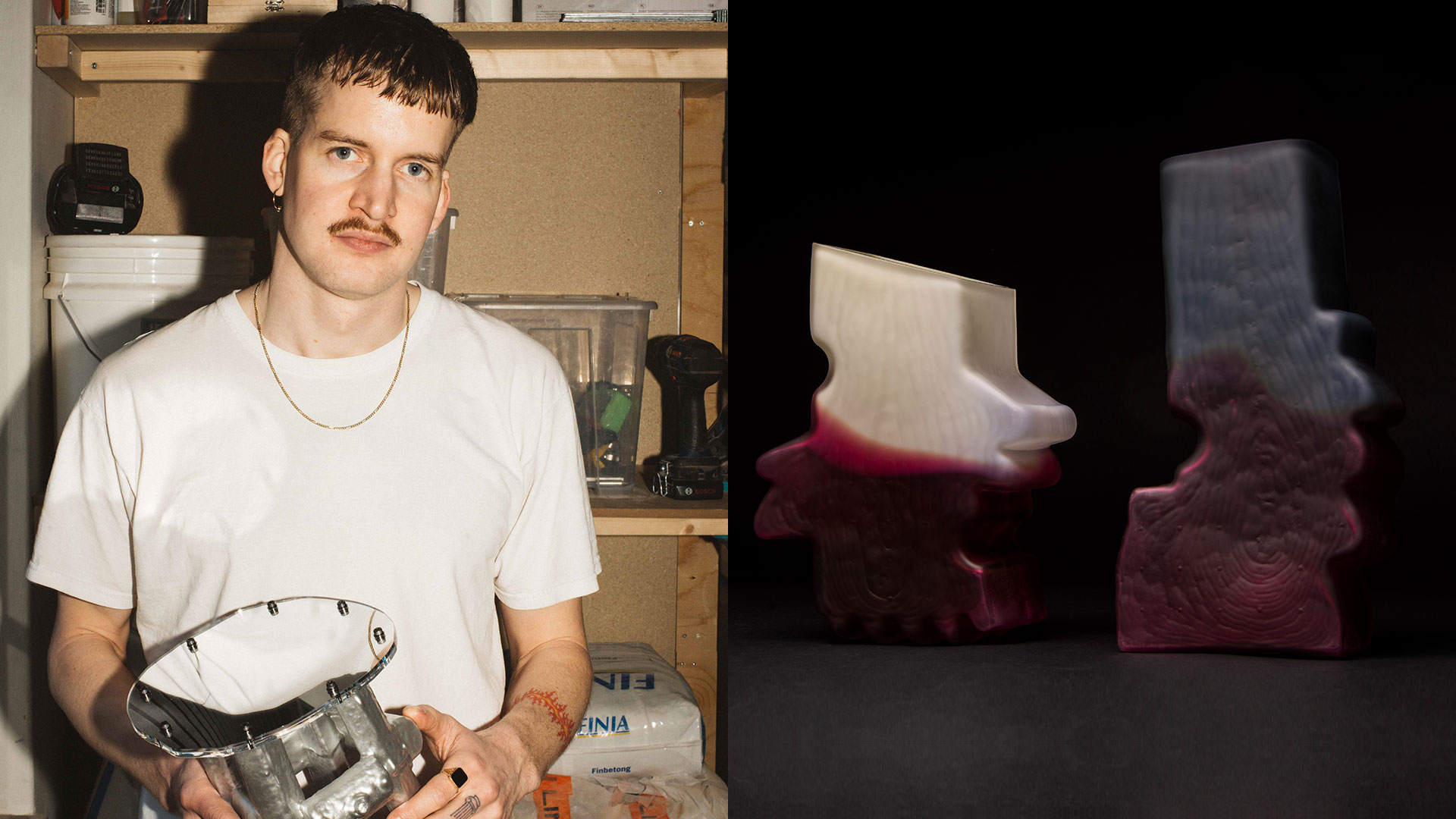
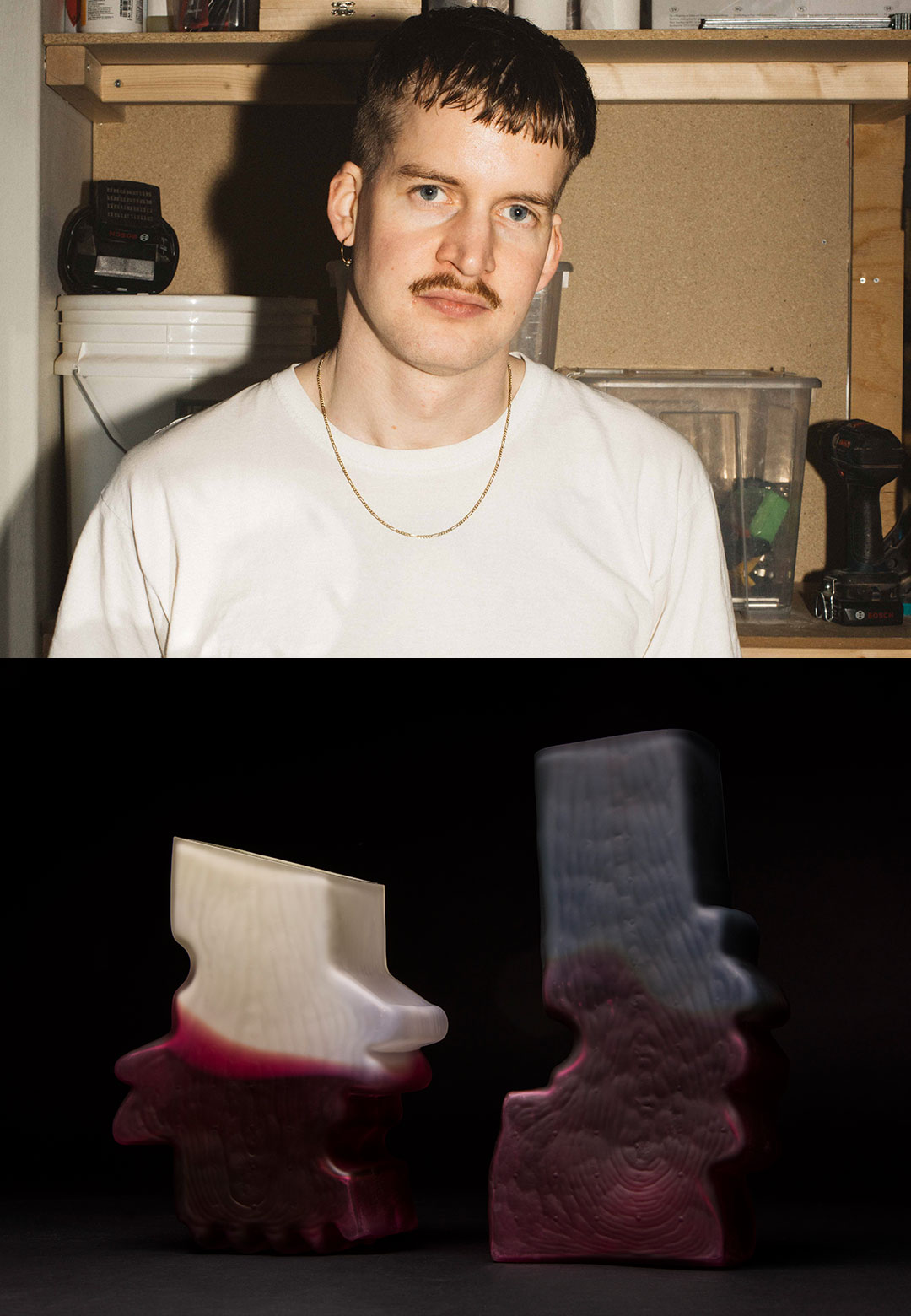
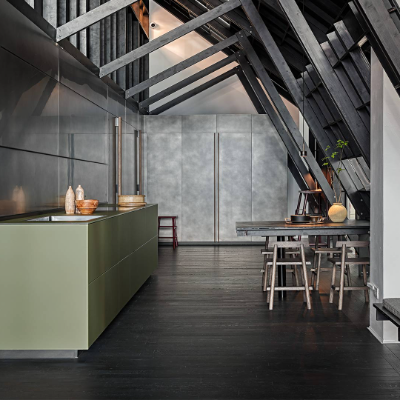
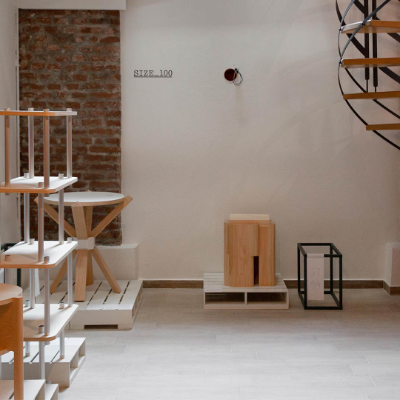
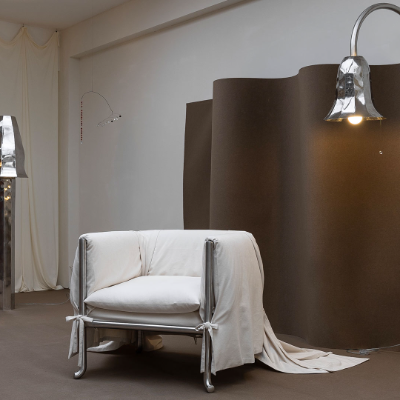
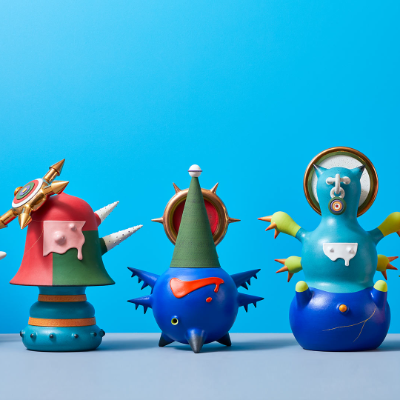
What do you think?